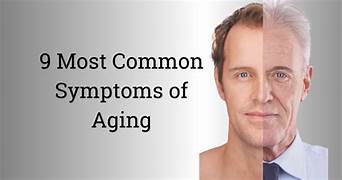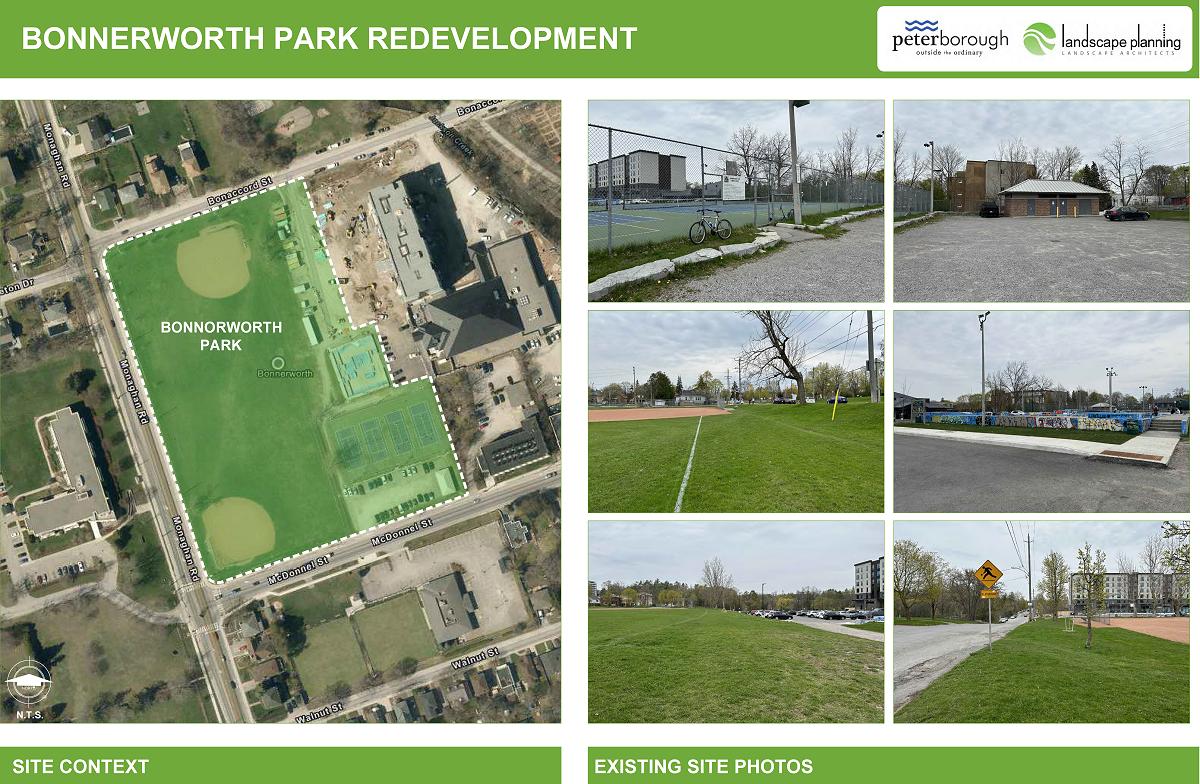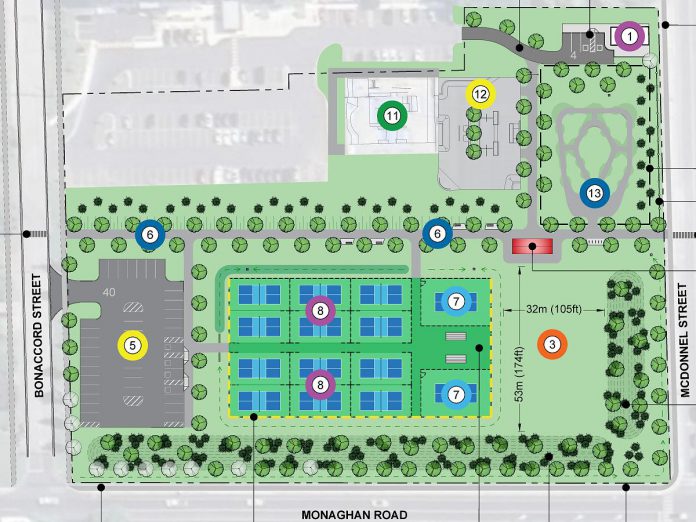6
Section One: The Fundamentals
A) Keywords
Exercise 1:
Provide a brief definition of one of the padlet keywords for this week.
|
The third age is that space between when you were working full time and when you finally really stop working. That seems like strange description maybe, but that’s the spot my mother is in right now. She has retired, but she is really not very good at it, so she keeps going back to work (she is a principal in Ontario, so she gets to work a certain number of days). At the same time, she appreciates the freedom she has to say no to work, and that she can just get in the car and wander off the visit me or my sister, or just randomly go to visit my uncle in Whitehorse just because she can. It’s an age where people might sort of begin to “slow down”, but because they have worked intensely for so long, they need to find things to keep them busy, so they start looking for activities that are not necessarily paid work, but still engage the brain and keep you active. I can see maybe trying to stay in that third age for as long as possible before moving to the fourth age because it is more active.
|
B) The Social Significance of Aging in Sport
Exercise 2: Notebook Prompt
How is old age popularly represented today? Find an image online that you think exemplifies one defining attitude towards old age and paste in your notebook below with a brief explanation of what this image means to you.

There are many pictures of the “evolution of a face”, showing a youthful face as it transforms into a wrinkled face. It’s not so much the image in this picture as the caption that speaks volumes here. The “symptoms” of aging, indicating that getting wrinkles is a symptom. Not the “characteristics” of aging. Using the term symptoms makes aging into a disease or an illness. You can talk about the symptoms of diabetes, you can talk about the symptoms of breast cancer. Those are illness. Aging is not an illness, but it does get treated like one. The Pike article talks about the “inevitable decline” and the impact on the body. Yes, the changes of aging are irreversible, but that doesn’t mean they necessarily define what you are able to do. This image should be a reminder that things like wrinkles are just things that happen. Below is an old picture (it’s actually from 12 years ago), but I think it shows a good depiction of the evolution of a face. From youthful clear skin, to middle age kind of wrinkled, to not yet elderly, but definitely in the “Third Age” wrinkles. That’s me, my sister, my mom and my grandma. We didn’t win the look alike contest, but we should have, don’t you think?
|
Exercise 3: Notebook Prompt
What does the article (referencing another study by Dionigi) mean by its statement that sport can help aging people to simultaneously “accept and resist the ageing process” (572)? Respond by audio or text and find paste two images sourced online into your notebook showing how sport might help aging people to both accept and resist the aging process.
|
I know we are supposed to source images online for this, and this is sort of an online image because it came from my mother’s Facebook pictures. This is a picture of my grandparents, 6 years ago when my grandpa got his new eBike. To be clear, it’s a pedal assist eBike, not one of those “easy” that just goes along by itself. He has to be pedaling it. My grandpa turns 90 this year, so 6 years ago he was pushing 84. And he still had his old knees. Now he has two new knees. When he was talking to his surgeon just before he went into the operating room for the first one, my then 87 year old grandfather told the young woman surgeon that what he really wanted to do was get back on his bike. He was so committed to doing his physio after, to get back his balance, to get rid of his cane and his walker. Due to his hard work, the surgeon was more than willing to take him back in six months later for his next knee. Now he bikes, he walks, he doesn’t use his cane and I don’t even think he knows where his walker is. Grandpa has accepted that he is old, but he has no interest in not staying physically active. And then you look at my little tiny grandma standing there beside him. Yes, she is holding a cane in that picture, but she didn’t use it for long. My grandma was teaching exercise classes less than a year before that picture was taken. Seniors exercise classes, in nursing homes, in seniors residences, at the seniors recreation centre in their hometown of St. Marys, and in individual homes for people who couldn’t get out. She would take me and my siblings and cousins along when she was teaching those classes – they were about maintaining movement of joints, maintaining balance, hand-eye co-ordination. Whether you could walk independently or whether you were in a wheelchair. She was committed to making sure people stayed active to help them remain independent as long as possible. And she lived what she preached as long as she could. She didn’t resist the aging process; she accepted it. But, she also knew that staying physically active was crucial to living a good life into your eighties. And then it was some random, unexplained muscular thing that caused her very sudden death. The other picture is of my mom and my uncle mountain biking the actual mountains in Whitehorse. (We try not to let my mother take selfies, but sometimes it can’t be helped.) What, you may ask are these two people who are closer to 60 than they are to 50 doing that for? To stay active, to keep their muscles working, to keep their hearts and lungs working. No, they are not “elderly”, but they are aging, not resisting it; rather, enjoying it. Since that picture was taken 2 years ago, they have both purchased eBikes to use when the spirit moves them, but they also both are more than willing to use their non-assisted bikes too. In fact, my uncle has built a rack for the back of his eBike to carry his other mountain bike. He uses his eBike for commuting, even in February. In Whitehorse. You just have to keep moving. |
Exercise 4: Notebook Prompt
Who are the groups less likely to have extensive opportunities to take part in sports, according to Pike? How does privilege factor into aging and sport? (200 words max)
| Pike talks about people who have intersectionalities with aging – minority ethnic groups, those with disabilities, those confined to care facilities, those living in rural areas. There is definitely a cultural piece that plays a role in whether people are able to participate in sport. That’s not just an aging thing; it is compounded as people age though. My focus for this answer will be on those living in rural areas and those living in care facilities because that is my lived experience, and more importantly, the lived experience of my parents and grandparents.
My grandparents live(d) in a small town in Southwestern Ontario that has a very active seniors group with their own dedicated recreational space. There has been a space set aside for seniors in the town for the three generations previous to me. My mother tells me that my great grandmother was very active in seniors activities, so are/were my grandparents, and if my parents lived there, they would have similar opportunities. There are varied activities, depending on interests, from playing cards to more physically active opportunities like skating. There’s an active pool and other gym facilities as well. In the town where my parents now live, a smaller town, a bit more remote, but still considered to be Southwestern Ontario, the opportunities are not the same. There is no pool, for example, unless you go to the next town. There are pickleball courts and they are active. But an advertisement on the Brockton Facebook this week, there’s an advertisement about joining the Masters Games. The images show some physically active sports, but what’s available in Brockton? Cards, shuffleboard, those things. The facilities are limited for other sports. A common challenge in rural areas. Then I think about my grandmother, great aunt, and great uncle on my father’s side. They all spent the final years of their lives in care facilities. Not long term care, a retirement lodge. But their opportunities were limited to things like cards, singing, playing bingo. Not the physically active opportunities that would have kept them moving. Instead, they all stopped using walkers and just settled into their wheelchairs. Without the opportunities, there is no motivation. To be clear, in the “third age” of her life, my grandma was involved in seniors performances – line dancing and singing, but that was when she was in the city, not in a small town. If you look back to my first notebook answer, you can see the difference between her experience and that of my other grandparents. The privilege of where you live plays an important factor in how active you are able to be later in life. (Sorry about the words — I kind of feel strongly about this.)
|
Exercise 5: Padlet Discussion
Why do you think age discrimination is “reported more than any form of prejudice” with older people presented as a threat to social values and interests? Feel welcome to use video in your responses. Paste your comments (or transcript of your video) below!
| I think one of the reasons for the prejudice is the fear people have of growing old. They don’t want to see themselves in the same position when they are elderly. The young and invincible believe they will age gracefully and will do everything right. They’ll stay active until the moment they die. Then they want to blame the elderly for not doing the same thing — they didn’t work hard enough. And it’s too easy to hold prejudice because there is a belief that old people can’t do anything about it. Let’s be clear — we should be respecting what they have done and what they have accomplished and stop taking everything for granted. Let’s think about the fights unions have fought over the past 150 years to get us the privileges we have now — maternity leave being a great example; let’s think about the fight for our health care system. All those “old” people have given us a lot.
|
B) Older Women and Sport
Exercise 6: Notebook Prompt
What differences do you see in these ads? Which one is more inclusive? How is age represented or not represented in each? Answer these questions in your notebook.
| The second ad, the one that starts with a shot of a woman adjusting her bra to support her breasts is far more inclusive. It’s about real people in real lives, participating in real sports. We don’t see age represented in the Nike commercial; it’s all about elite athletes. It’s not that it contains a bad message, but it’s not about the run of the mill person. The other one is really about anyone. Age is represented through the women they choose to show in the ad. The most obvious example is the woman encouraging her mother to “come on”, as they head out for a run. There is reality in the images. The image of a woman lying on her bed, hugging a pillow. My thought immediately was that she was having cramps, making it challenging to get up and go to whatever she wanted to do. I like the message in the second one, that women can get involved in whatever sport or activity they want to do. There are no limitations, no limitations around body shape, size, disability, age, race, it just doesn’t matter. Get out there and do what you want.
|
Exercise 7: Notebook Prompt
In her article, “Assessing the sociology of sport: On age and ability,” Elizabeth Pike references a “trend towards a ‘feminisation of ageing’, with many women living longer than men” (573). Do you agree that aging has been “feminized” in this way? How? Answer these questions in your notebook.
| I do agree that in popular culture aging has been feminized because we spend more time focused on the aging of women than we do on the aging of men in popular culture (even though I picked an image of a man in the first Notebook Prompt). Celebrities are at the centre of that focus. Women are expected to keep their youthful looks as they age much more than men are. Think about all that plastic surgery. We celebrate the youthfulness of men when they continue into sports in their forties, but we continue to expect women in their forties to look their same youthful selves. And wonder how they can still be doing it, more than we do with men. This is how I see the move to a more feminized way of looking at aging. It’s centred more on the looks of women than on their ability in sports, but that’s not a new thing. As noted in the lecture at the beginning of the module, we can go back to look at the nude parades and the sex testing to see the same thing. If we are going to continue to insist that women’s sports are only for a specific type of woman, that same attitude is going to continue on to impact the aging process.
|
Section Three: Module Mini Assignment
| Bonnerworth Park prior to Bonnerworth Park under Proposed Development
changes construction (winter 2024-25)
Bonnerworth Park is a community green space used by neighbourhood residents, but as you can see from the first picture above, there’s not much there, other than the two ball diamonds and a skate park. The rest is a flat field of grass. And therein lies the problem. There is a hugely growing demand for pickleball courts in Peterborough. That flat space is pretty enticing. Anselmi (2024), outlines environmental concerns with paving over green space, no drainage, for example. Anselmi’s (2024), focus remains on the environmental impact, with a brief mention of noise. A look at other media sources expands those concerns to impact on the community, particularly with respect to noise. Sixteen (in the end reduced to 14) pickleball courts being used simultaneously would disrupt neighbourhood backyards. And, pickleball courts are much less democratic than ball diamonds where anyone can just show up and play. Summarized, the problem is a community use park is being changed to a specific use park, not necessarily for the members of the immediate community. That specific use group does not include those living in the seniors’ residence and the Peterborough Housing Corporation homes that surround Bonnerworth. A glance at the Peterborough Pickleball Association (PPA) Facebook page and website show a particular demographic – late Boomers and early Gen Xers. The have programs to tr to engage people of all ages, but the majority are that demographic. The PPA engages in fundraising events to do things like raise money for elephants in Thailand. This feels more like a service club type event, rather than a sports group. There is nothing on the website or the Facebook page that shows a push for fundraising to support building the courts they are so excited to have built on their behalf. Pike (2015), explains that the people who have time to devote to leisure activities in their retirement years tend to be white middle-class. They are also the ones with political power to ensure a city council would vote in their favour. A review of the comments on a number of the posts on Facebook, on the PPA page as well as the Kawartha Now page indicate the objection to pickleball is not based on ageism so much as it is based on the exclusiveness of the use of the park. The people set to benefit are not from the immediate community; hence the need for the parking lot. There are some pickleball mocking comments, but not that push to ageism. Nowhere in any of the discussion about the park and its use is there any discussion about the impact of pickleball on the aging bodies that have taken it up, as outlined by Kucey (2025), in the Global News article linked below. https://thenarwhal.ca/opinion-peterborough-pickleball-paves-park/
https://www.facebook.com/PtboPickleball
|







